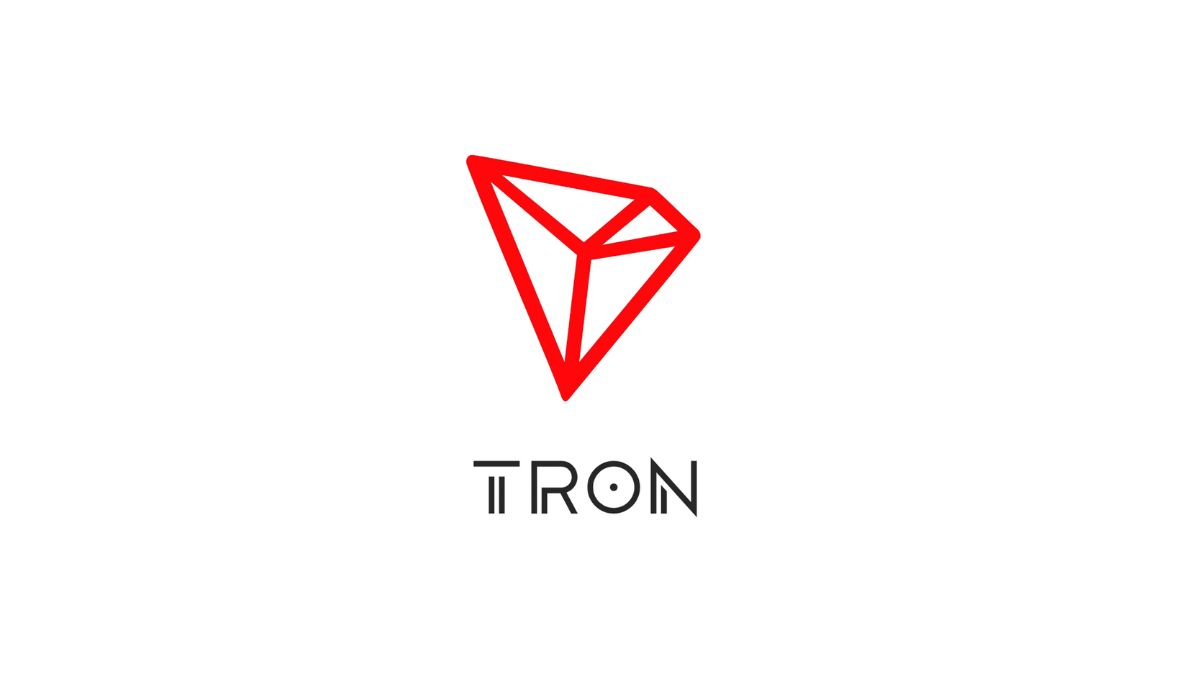
Advertisement
The price of Tron’s token, TRX, has been under pressure lately, but the network itself is showing major signs of strength. While most of the crypto market remains cautious due to uncertainty around the U.S. Federal Reserve’s next move, data shows that Tron’s blockchain activity has hit record levels, a hint that the project could be gearing up for a comeback once markets settle.
Tron’s network has been busier than ever. According to TRONSCAN, the blockchain handled 12.6 million transactions in a single day earlier this week, the highest number in almost two years. On October 27, the number of daily active addresses shot up by 78% to over 6.2 million, the second-highest in the network’s history. Weekly active addresses also grew by nearly 70% to 11.1 million, the biggest increase among all major blockchains.
Analysts say this surge is being driven mainly by retail users, not speculators. Blockchain data firm Nansen even described Tron’s growth as “top-tier activity with zero fanfare,” meaning it’s expanding quietly but effectively.
A big reason behind this growth is Tether’s USDT stablecoin. Tron now processes between 15 and 20 million USDT transfers every week, making it one of the top platforms for dollar-linked transactions worldwide. While Ethereum still hosts a slightly higher total amount of USDT, Tron’s share, valued around $78.7 billion, shows just how vital it’s become for everyday crypto payments.
Tron’s popularity is especially high in regions like Africa, Asia, and South America. In countries where banking services are limited, using USDT on Tron allows people to send money, save, and make payments quickly and cheaply. The World Bank estimates that about 1.4 billion adults globally still don’t have access to banks, and Tron is helping bridge that gap. Tether recently said it now serves over 500 million users globally, calling it a huge step toward financial inclusion — much of that growth powered by Tron’s network.
Despite this success, TRX’s price hasn’t reflected the same strength. It recently fell 0.54% to $0.296, slightly worse than the overall crypto market, which dropped more than 2% before the Fed’s expected rate decision. The token also slipped below its 200-day moving average of $0.303 and is now testing key support around $0.292. If it falls below that, the next stop could be $0.27.
Still, the technical picture isn’t all bad. The RSI, which measures momentum, is near oversold levels, suggesting the price may be due for a bounce. Meanwhile, on-chain data continues to show strong network activity, something that has often signaled a rebound in the past.
If active addresses stay above 5 million and network usage keeps climbing, it could mean that demand for Tron’s services is growing despite short-term price weakness. As global markets wait for more clarity from the Fed, Tron’s steady adoption and booming transaction numbers might eventually help TRX recover, supported by real-world usage and genuine utility rather than hype.
